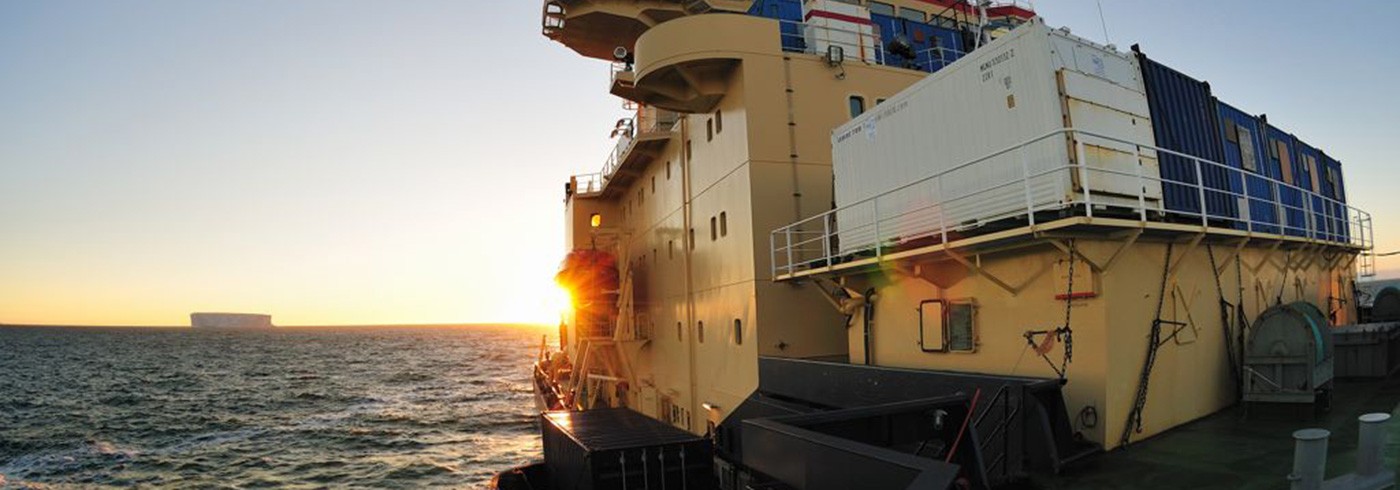The retreat of the West Antarctic Ice Sheet since the Last Glacial Maximum
8 February 2010 - 12 March 2010This project addresses the following questions:
- What was the timing of the West Antarctic ice sheet’s (WAIS) retreat since the Last Glacial Maximum (LGM), 20,000 years ago, in juxtaposition to climatic and sea-level records?
- How fast did the marine WAIS retreat from the outer continental shelf to its present position?
- Did the WAIS retreat occur steadily or in a series of abrupt break-up events?
- What were the roles of inflowing warm ocean water and subglacial meltwater during the
retreat?
The mechanisms causing marine ice sheet break-up and disintegration must be understood to be able to predict the future behavior of WAIS, particularly considering that the present global warming trend will likely lead to both higher sea-levels and the warming of ocean water masses around Antarctica. Our main survey area during the Oden Southern Ocean expedition 2009/10 was Pine Island Bay, where two of the largest and potentially most unstable marine ice streams of WAIS currently drain, and where the Pine Island Glacier extended to the shelf edge during the LGM. The Pine Island and Thwaites glaciers together drain nearly 30% of WAIS. New results regarding the dynamics of ice sheets in this area are crucial for predicting the future behavior of WAIS.
The last icebergs
Information about the retreat of the Pine Island Glacier since LGM is imprinted on the seafloor as glacial landforms. Due to the favorable ice conditions in the austral summer of 2009/10, the central Pine Island Trough was investigated in unprecedented detail using icebreaker Oden’s multibeam system and a suite of cores. The obtained geological and geophysical data provided new, more detailed insight into the Pine Island Glacier’s retreat than was previously available. Most conspicuous are small regular sets of ridges that occur within the glacial furrows and lineations, oriented nearly perpendicular to them. We refer to these as “corrugation ridges” and regard them as representing the imprint of the last, semi-buoyant icebergs in an iceberg armada resulting from a major break-up of the Late Glacial Pine Island ice shelf.
The results will be published in peer-reviewed journals. A comprehensive cruise report including ship board produced data (e.g., sediment core descriptions, sediment physical properties and maps of coring locations and CTD stations) has been published. A paper presenting the first results about the corrugation ridges, is published in Geology.










